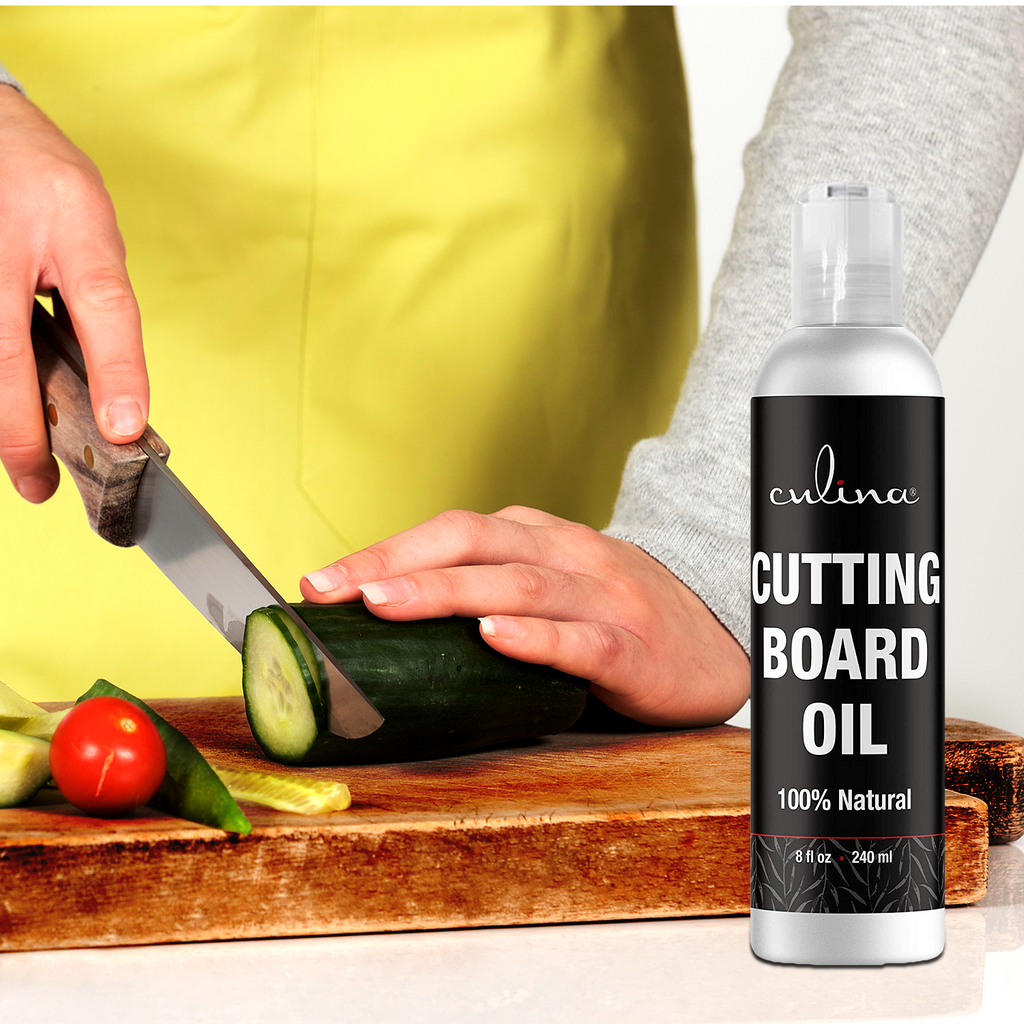How Long to Cook Fish in Skillet: Perfect Timings for Barbecue Enthusiasts
Written By James Morgan
If youve ever found yourself pondering over the question 'how long to cook fish in skillet', youre not alone. As a barbecue enthusiast, cooking fish to perfection in a skillet is an art that requires precision, understanding of various fish types, and some good old-fashioned barbecue passion. In this detailed guide, well dive into the essentials, offering you tips, tricks, and expert advice on achieving that perfect sear and flake.

Why Skillet-Cooked Fish is a Game Changer
Cooking fish in a skillet brings out the natural flavors beautifully. The intense heat allows for a quick sear, creating a crispy exterior while keeping the interior moist and tender. Compared to other methods, skillet cooking gives you control over the cook time and temperature, ensuring that you dont end up with an overcooked or undercooked fillet. Plus, it's a versatile method suitable for various fish types, whether it's salmon, cod, tilapia, or trout.

Factors Affecting Cook Time
Type of Fish
Different fish have varying thicknesses and textures, which influence the cook time. For instance, delicate fish like tilapia will cook faster than denser types like salmon. The general rule of thumb is to cook the fish for about 3-5 minutes per side for fillets that are about 1 inch thick.
Skillet Temperature
Getting the skillet to the right temperature is crucial. You want it hot enough to sear the fish but not so hot that it burns. A medium-high heat setting is usually ideal. This helps achieve that golden-brown crust without sticking.
Oil Choice
The type of oil you use can also impact the cooking time and flavor. Oils with high smoke points like canola, grapeseed, or avocado oil are perfect for skillet cooking. They withstand high temperatures and enhance the fish's natural taste.
Seasoning and Marinades
Seasoning and marinating the fish before cooking can add layers of flavor. However, certain marinades can create a barrier that might affect the cook time slightly. Always pat the fish dry with a paper towel after marinating to get a good sear.

Step-by-Step Cooking Guide
Step 1: Preheat Your Skillet
Start by preheating your skillet on medium-high heat. Let it heat for about 2-3 minutes before adding oil. An adequately heated skillet ensures the fish will sear immediately, preventing it from sticking.
Step 2: Season the Fish
While the skillet is heating, season your fish. A basic seasoning of salt, pepper, and a squeeze of lemon works wonders. For those who love bold flavors, you can use a spice rub or marinade.
Step 3: Add Oil
Add a tablespoon of oil to the hot skillet. Swirl it around to coat the bottom evenly. Wait for the oil to shimmer but not smoke. This indicates it's hot enough.
Step 4: Cook the Fish
Place the fish fillet skin-side down in the skillet. Allow it to cook undisturbed for 3-5 minutes. This will help develop a crispy skin. Once the edges start to turn opaque, flip the fish gently using a spatula. Cook for another 3-5 minutes on the other side. Use a meat thermometer to ensure the thickest part of the fish has reached an internal temperature of 145F.
Step 5: Rest and Serve
Once cooked, transfer the fish to a plate and let it rest for a couple of minutes. This allows the juices to redistribute, making for a juicier fillet. Serve with your favorite sides and enjoy!

Common Mistakes to Avoid
Overcrowding the Skillet
It's tempting to cook multiple fillets at once, but overcrowding can lower the skillet's temperature, resulting in uneven cooking. Cook in batches if necessary.
Flipping Too Early
Let the fish cook undisturbed to form a crust. Flipping too early can cause the fillet to fall apart and stick to the skillet.
Using Cold Fish
Allow the fish to come to room temperature before cooking. This ensures even cooking throughout the fillet.
Troubleshooting Tips
What if My Fish Sticks?
If your fish sticks to the skillet, it's either not hot enough, or it needs more time to sear. Use a fish spatula to gently release the edges before flipping.
How to Know When Fish is Done
Use a meat thermometer to check for an internal temperature of 145F or look for opaque flesh that flakes easily with a fork.
Too Much Smoke
If your skillet starts to smoke excessively, reduce the heat slightly and ensure you're using an oil with a high smoke point.
Additional Resources
For more tips on cooking fish, check out these resources:
- How long to cook fish cakes
- How long to cook fried fish
- How long to cook rock fish
- Easy Oven-Baked Fish
FAQs
How often should I flip the fish in the skillet?
Ideally, you should flip the fish only once to ensure even cooking and to prevent it from falling apart.
Can I use a non-stick skillet?
Yes, a non-stick skillet can make it easier to cook fish without it sticking, but make sure to lower the heat slightly as non-stick pans conduct heat differently.
What oil should I use for cooking fish in a skillet?
Use oils with high smoke points like canola, grapeseed, or avocado oil for best results and flavor.
Is there a specific type of fish that is better for skillet cooking?
Any fish can be cooked in a skillet, but thicker, firm fillets like salmon, cod, and trout tend to handle the high heat better.
Can I cook frozen fish in a skillet?
Its best to thaw the fish before cooking it in a skillet for even cooking. If you must cook from frozen, adjust the cooking time and ensure it reaches the proper internal temperature.
As an Amazon Associate, I earn from qualifying purchases.



